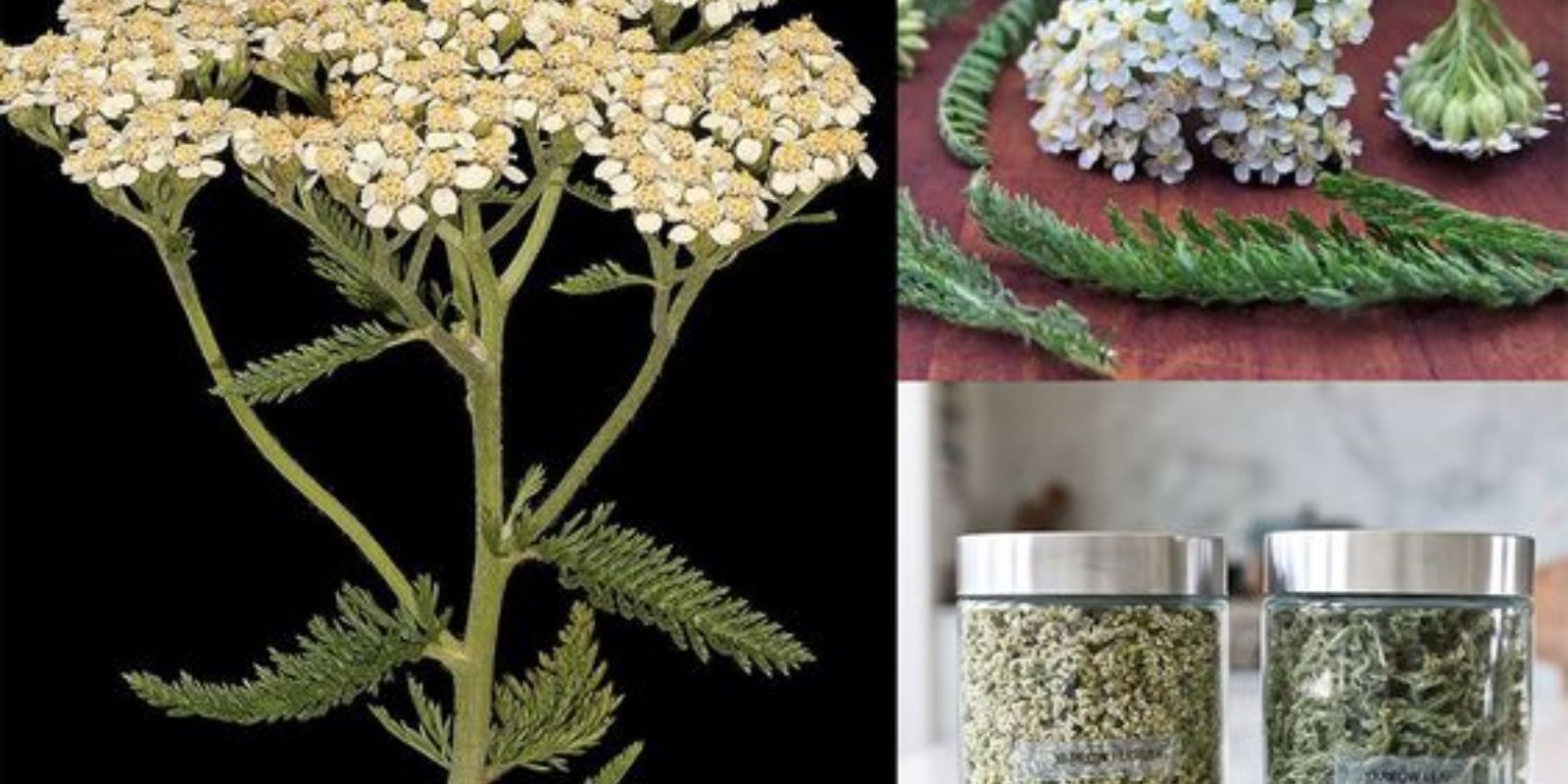In the hustle and bustle of modern life, we often overlook the simple, natural wonders around us. One such wonder is the abundance of common plants, often considered weeds, that grow freely in our surroundings. These plants, though often dismissed, hold incredible healing properties and nutritional value. Recognizing and valuing these natural treasures can lead to a greater appreciation of the gifts nature offers and a deeper connection to our environment. This article explores the hidden treasures of these plants and emphasizes the importance of appreciating and utilizing them responsibly.
Introduction: Rediscovering Nature’s Bounty
Many people view weeds as nuisances, something to be removed from gardens and lawns. However, this perspective overlooks the valuable contributions these plants can make to our health and well-being. Plants like dandelion, nettle, and clover, which grow abundantly and without cultivation, are often rich in nutrients and medicinal properties. By rediscovering and utilizing these plants, we can tap into a natural source of healing and nutrition, often available right in our backyards.
1. Appreciate Abundant Plants
The first step in recognizing the value of common plants is to shift our perception. Rather than seeing these plants as undesirable, we should appreciate their abundance and resilience. These characteristics often indicate a plant’s ability to thrive in various conditions, which can be a sign of its robustness and potential health benefits.
For example, dandelions are not only widespread but also packed with vitamins A, C, and K, as well as calcium, potassium, and iron. Every part of the plant—from roots to flowers—is edible and has been used traditionally for its medicinal properties, such as supporting liver health and digestion.
2. Learn Their Benefits
Understanding the benefits of common plants can transform our approach to them. Many of these plants have been used in traditional medicine for centuries. Nettles, for example, are rich in iron and vitamins A and C. They have been used to treat conditions like arthritis and allergies and can be made into a nutritious tea or soup.
Clover, another common “weed,” is often used in herbal medicine to support women’s health, particularly in balancing hormones. It contains isoflavones, which have estrogen-like effects. By learning about these benefits, we can start to see these plants not as pests but as valuable resources.
3. Utilize Responsibly
Once we recognize the value of these plants, the next step is to utilize them responsibly. This means harvesting in a way that is sustainable and respectful of the environment. For instance, when foraging for wild plants, it’s important to leave enough behind to ensure the plant population can regenerate. Additionally, make sure to identify plants correctly, as some may look similar to others that are not safe to consume.
Incorporating these plants into our diets and wellness routines can be as simple as adding dandelion greens to a salad, making nettle tea, or using clover in herbal preparations. By doing so, we not only benefit our health but also reduce our reliance on commercially produced supplements and pharmaceuticals.
4. Share Knowledge
Sharing knowledge about the benefits of these common plants is crucial for spreading awareness and encouraging others to value them. This can be done through community workshops, social media, or even casual conversations with friends and family. By educating others, we help build a culture that respects and appreciates nature’s gifts.
There are numerous resources available, from books to online courses, that can help individuals learn more about plant identification, foraging, and uses. Sharing these resources and personal experiences can inspire others to explore the world of wild plants.
5. Cultivate Respect for Nature
Valuing common plants is also about cultivating a deeper respect for nature. It’s important to recognize that every plant has a role in the ecosystem, contributing to biodiversity and supporting other forms of life, including pollinators like bees. By respecting and protecting these plants, we contribute to the health and balance of our environment.
This respect extends to all aspects of nature, encouraging sustainable practices in gardening and landscaping. Instead of clearing away all “weeds,” consider leaving some areas wild to support biodiversity. This approach not only benefits the environment but can also create beautiful, diverse landscapes.
6. Support Biodiversity
Protecting and encouraging the growth of diverse plant species is crucial for maintaining a healthy ecosystem. Biodiversity supports resilience in nature, helping ecosystems withstand challenges like climate change and disease. By appreciating and promoting a variety of plants, we support the overall health of the environment.
Gardening with native plants and allowing some wild plants to grow naturally can significantly enhance local biodiversity. Additionally, creating habitats for pollinators by planting wildflowers and other beneficial plants can support the broader ecosystem.
7. Embrace a Thankful Attitude
Finally, it’s important to approach nature with gratitude. Recognizing the healing properties and nutritional value of common plants allows us to appreciate the abundance of natural resources available to us. This attitude of gratitude can foster a deeper connection to nature and encourage more mindful, sustainable living.
By thanking nature for its gifts, we acknowledge our dependence on the environment and the importance of protecting it. This perspective can lead to more sustainable choices in all areas of life, from the food we eat to the products we use.
Conclusion: Embracing Nature’s Gifts
The common plants that grow around us are a testament to the abundance and generosity of nature. Often overlooked, these plants offer incredible nutritional and medicinal benefits, serving as a natural pharmacy and pantry. By appreciating, learning about, and responsibly utilizing these plants, we can enhance our health, support biodiversity, and cultivate a deeper respect for the environment.
Let’s celebrate the treasures that nature offers us every day. Have you discovered any “weeds” with surprising benefits? Share your findings and stories below! 🌿🌼🙏

